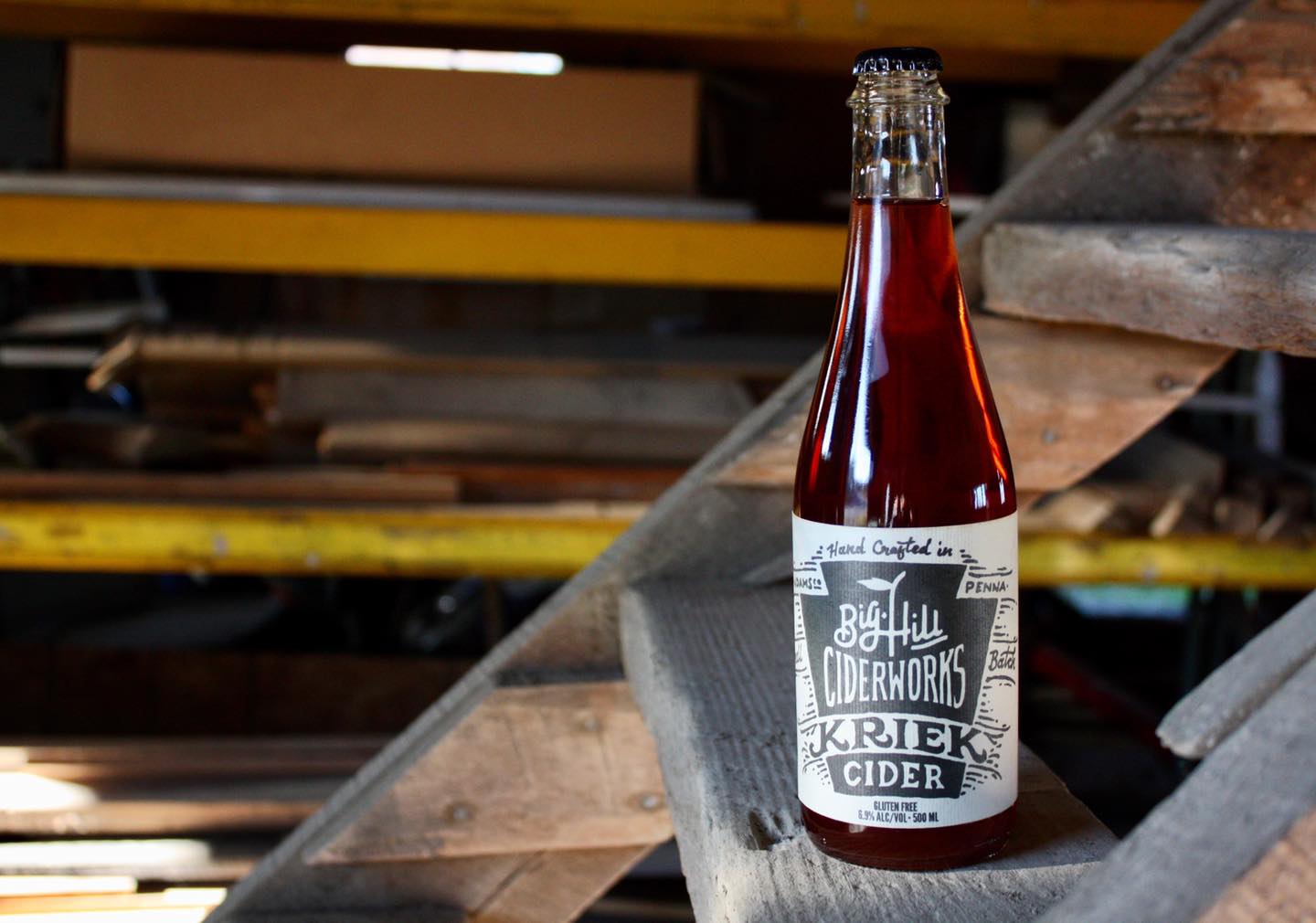
Consider how many stylistic differences you find across the world of craft beer: Hazy IPAs and dark, malty stouts (and everything in between) both live under the large umbrella of beer. The same goes for wine — how wild is it that sparkling rosé and inky Syrah are both made from grapes?
Just like wine and beer, craft cider is host to a truly incredible range of styles and flavors. This is thanks to the complexity of apples and the number of apple varieties, the diversity of natural and commercial yeasts, and the scope of techniques available to cider makers. What this really means is that there is pretty much a cider suited for everyone’s tastes and preferences!
For example, for fans of sour beer, funky natural wine and kombucha, sour cider is a slam dunk.
Similar to tart saisons and farmhouse ales, this style of cider is often fermented with non-traditional yeast and bacteria, like lactic and acetic acid, or they are wild-fermented using native yeasts, such as the Brettanomyces yeast strain.
In its Cider Styles Guidelines, the American Cider Association defines sour cider as “made intentionally sour using non-standard yeasts and bacterial fermentation.” It is important to note that if a cider is unintentionally sour, this may be considered a fault or flaw in the cider making process. But sour ciders are definitely meant to be sour!
Even within the category of sour ciders, there is plenty of variation. Flavorwise, the sour factor can range from pleasantly tart to mouth-puckering acidic, and the ciders can be wildly funky or squeaky-clean. Sour ciders can be juicy and round, tannic and austere, fully dry or sweet-tart. There aren’t specific varieties of apples traditionally used to make sour cider, so you might see culinary and/or cider apples in the mix!
Other common characteristics of sour ciders
- Relatively high levels of a variety of acids not normally present in apples, including acetic and lactic acids.
- They are often unfiltered and naturally conditioned, and so may range from clear to cloudy in appearance.
- Adjunct ingredients, like other fruits and botanicals, are commonly added.
Some sour ciders pay homage to the earthy, dry sidra from the Basque Country in Spain, while others are new experimentations. Barrel-aging is often used in sour cider making, but not always.
If you’re curious about this category, here are some great sour ciders from Pennsylvania to try:
Big Hill Cider Kriek: This small batch cider from Adams County doubles down on the tartness with wild-fermented sour cherries blended with wild-fermented sour apple cider.
Hale & True Easy/Wild/Free: A special-release bottle from this Philly-based urban cidery, Easy/ Wild/Free is a two-year-aged cider spontaneously fermented using wild yeast.
Ploughman Distelfunk: Technically a peach wine, this cider is very sour and a touch funky due to wild yeast fermentation.
Threadbare Oaked & Wild: This hazy, unfiltered cider is an expression of local microflora. It’s aged for three months in small cask Wigle Whiskey barrels, where it takes on some vanilla and spice characteristics and a complex sourness.
Cheese and sour ciders are phenomenal together. Try aged cheeses, like clothbound cheddar or 3-year gouda; funky, washed-rind cheeses; or nutty Spanish cheeses, like Manchego. Rich pork dishes, like butter-fried pork chops, grilled bratwurst, carnitas, or nearly any kind of charcuterie are beautifully cut by sour cider’s bright, acidic flavors. Seafood, like octopus, scallops or shrimp, dressed in a spicy, herb-flecked sauce also makes a lovely compliment.
If you see a PA sour cider on the market shelf, or on draft at your local bar, give it a try! Whatever is in your glass is bound to take you for a walk on the wild side. The more you can taste and try different styles of cider, the better equipped you’ll be to figure out what your favorite kinds are.
For more information on the local cider industry or to become a member, visit the Pennsylvania Cider Guild’s website. Don’t forget to follow along on Instagram and Facebook and subscribe to our email newsletter for updates!